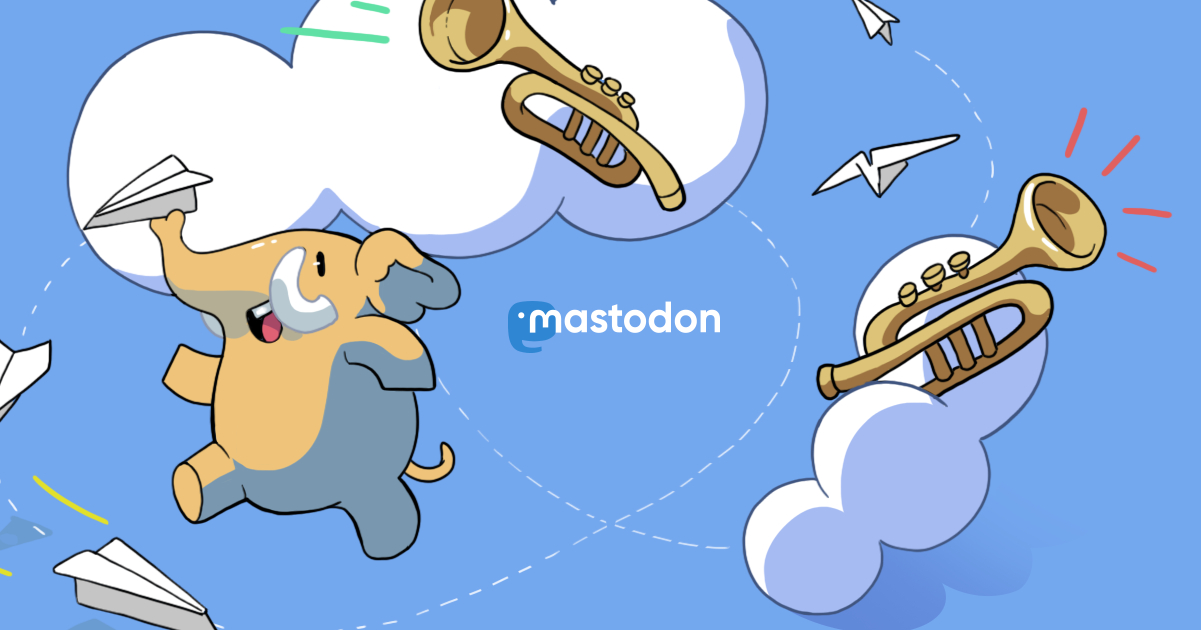The roasting plan I came up with also fits nicely in the narrative of what I found somewhat disturbing that time I judged USRC. While all profile options were on the table for this, the overall approach and final profile decision was very different from what competitors in that described, especially with their compulsory coffee which everybody roasted too light.
What I ended up doing was pushing through yellow quickly to modulate sweetness into a caramel apple expression (so completely different from the supplier's tasting notes), stretch the range after that but prior to 1C to get more of the reactants I'd want available later in the roast, then accelerate into and through first crack right to the edge of 2C to boost the body and get a really interesting cup complexity going on with chocolate, caramel, and apple notes richly textured and changing.

At the time I joked that the experience made me want to enter the competition to be the one person who wasn't afraid of 2nd crack.